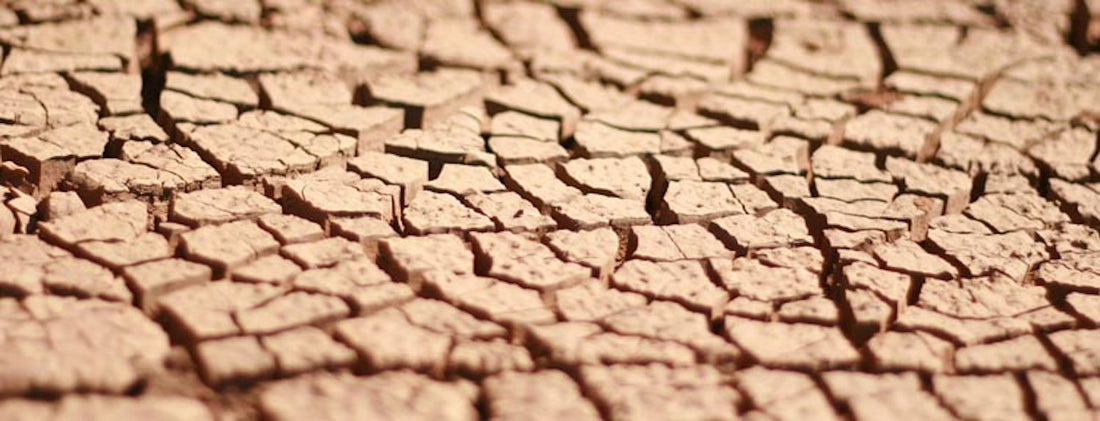With hydroponics and coco coir there are so many exciting things to measure all the time, one of those things is moisture.
Anyone growing in coco knows it loves to be fed nutrients and water frequently its a hydrophilic media so it needs water to maintain its high CEC value.
One thing thats not talked about that often amongst growers is coco dry back. It is a relatively unknown topic to most growers so this blog is hopefully going to help demystify this feeding method.
The most common question about growing in coco coir or coco perlite relates to the frequency of applying a hydroponic nutrient solution (how often to feed). It is always a hard question to answer, because there is much to consider. It's not always as simple as 'feed every day'.
After 25 years of growing in coco and achieving consistently phenomenal results, I thought I had nailed this aspect of substrate saturation. Spoiler alert: I hadn't.
My go-to approach was to carefully saturate the coco coir each and every day in order to achieve 5% run-off. This daily saturation leaves behind a fresh supply of readily-available nutrients in the coco coir, whilst washing away any excess or accumulated plant food from the previous feeds.

Then, I started seeing the term 'dry-back' in some chat groups i was in. I was intrigued. How dry is the coco coir meant to get? Isn't drying out the grow medium a bad thing for plants?
The very obvious difference between drying-back and drying-out is as simple as it sounds. Drying-out means the coco coir has become too dry, and the roots are likely damaged, like in the photo on the right. Drying-back is a deliberate, calculated and controlled method, with the objective of drying-back the coco coir just enough to stimulate vigorous root growth, but not leave the plant in a perished state.
To reach this objective the grower will employ some or all of the following methods:
- Reduce the volume of liquid fed to the plant
- Be consistent
- Increase the amount of time between each feed
- Controlling the duration of each feed (in automated systems)
Why would I want to try the dry-back method?
The main benefit of drying-back is a vigorous root system which leads to an increased yield.
Constantly saturated grow medium will make the plants a little lazy and weak. Simply put- it's just too easy to sit pretty in the pot surrounded by nutrients.
But every time the coco coir dries-back and roots have to go searching for moisture and nutrients the plant is exercising, adapting and building resilience. This is a very important form of exercise to put your plants through.
When performed correctly, the stress of drying-back facilitates an evolutionary adaptation within the root system – which will get incrementally larger and stronger with each cycle of feeding and dry-back.
Other benefits of the dry-back method are:
- Economically & environmentally friendly by using less nutrients and water.
- Less time-consuming than traditional daily hand feeding.
- Increased aeration of media.
- Less pests found in drier mediums.
- Feeding schedules can be tailored to suit plant species for optimum results.
Cautions:
- It’s a challenging method to get right. Trial and error is commonplace.
- Possible root zone damage from drying-out.
- Automated irrigation systems could be high-maintenance when checking fittings, timers & feeding lines each day
- Not suitable for multi-cropping grows.
If you wanted to try this method, my recommendation is to start slowly.
Hypothetically, if you would normally hand feed your plants 5L of nutrient solution every day, feed it with 4L on alternate days.
Remember that dry back is not drying out!
Every second-day, incrementally reduce the volume of nutrient solution until you find the perfect balance.
My next dry-back experiment will be controlling the duration of each feed with an automated drip-irrigation system using NetBow™ feeding rings.
A great experiment to try if you grow in coco coir especially if you're looking for a bit more out of your grow.





1 comment
I no like niggrs